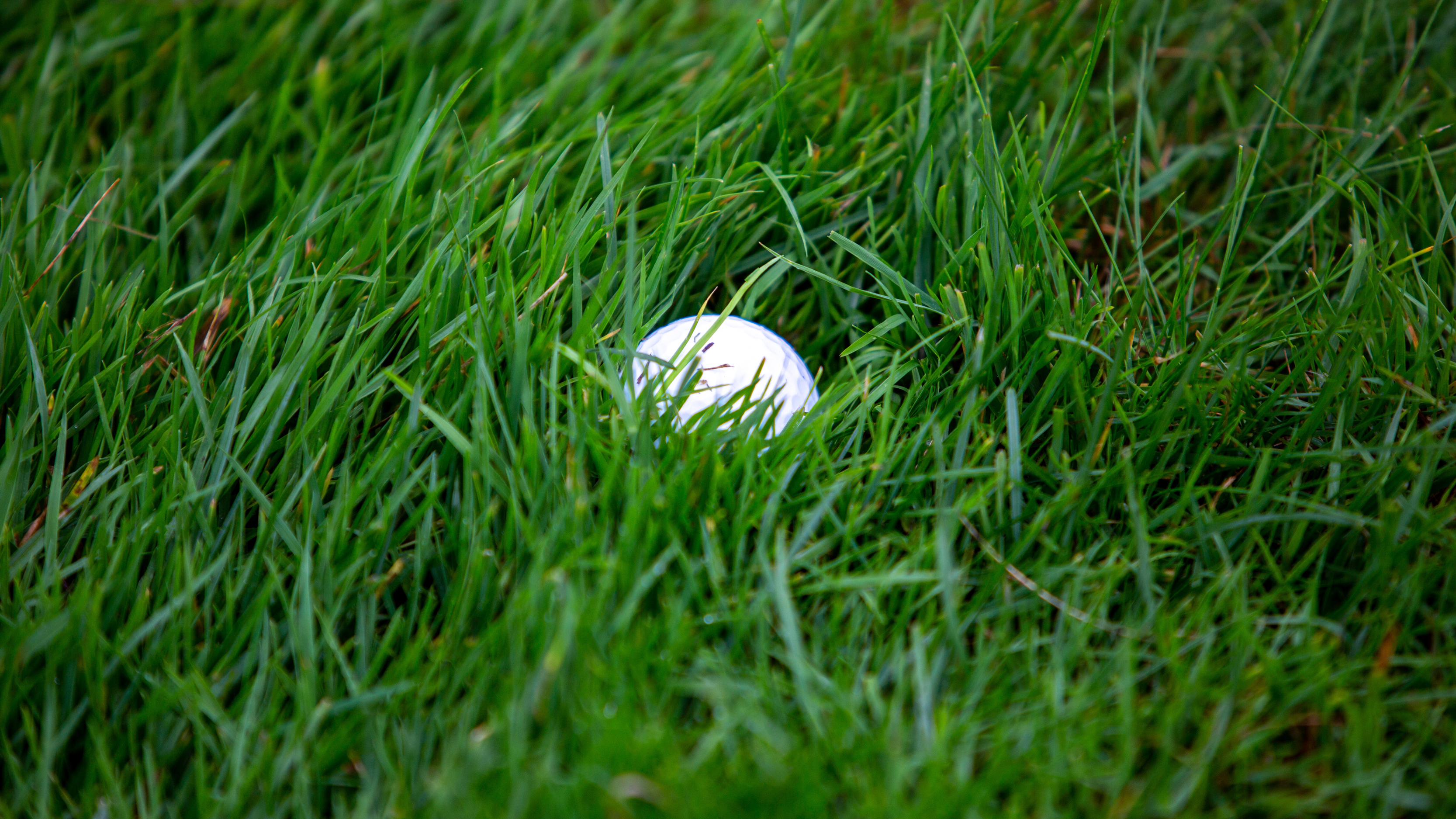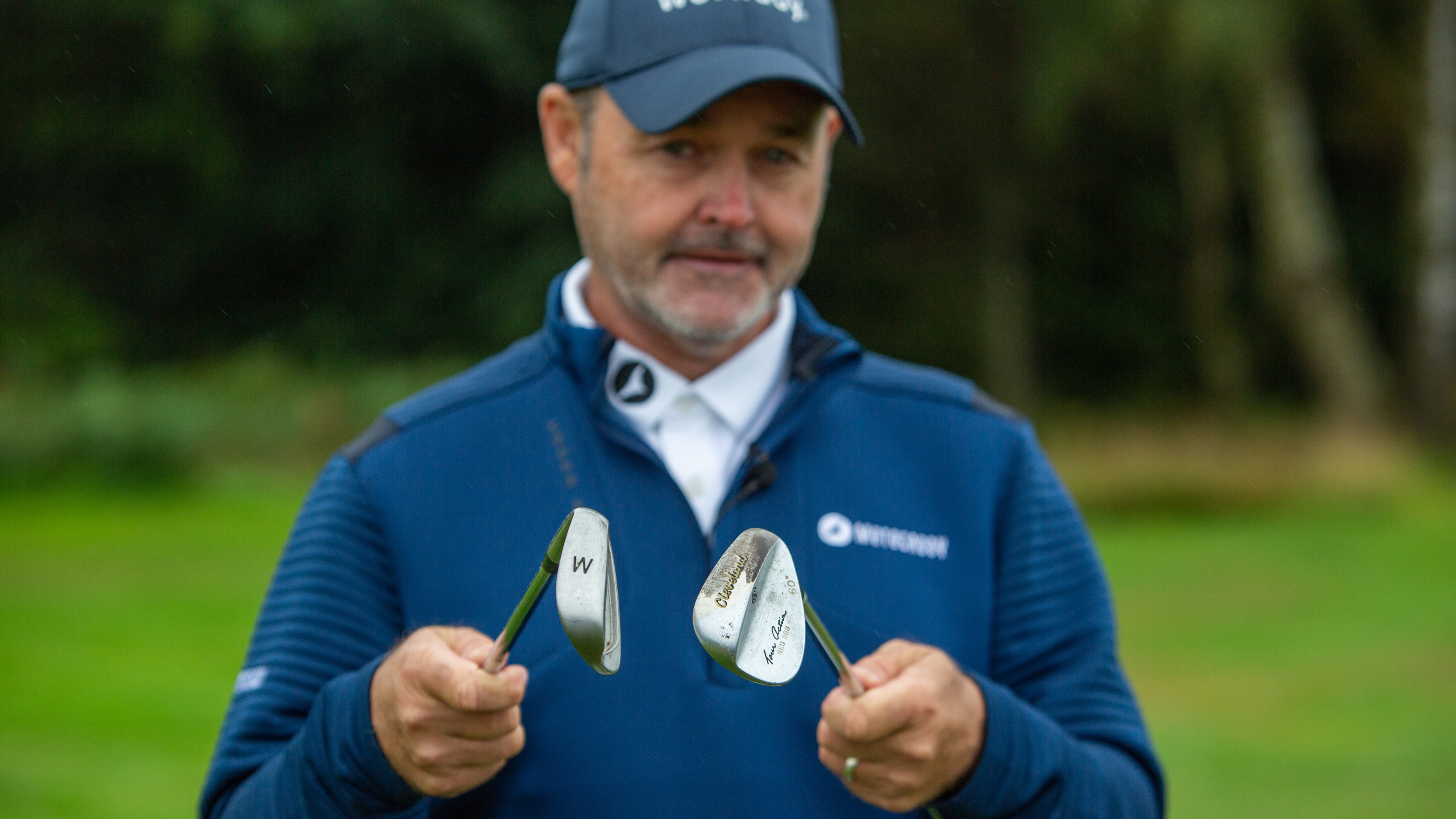Billy Foster's Top 5 Strategy Tips
Matt Fitzpatrick’s caddie shares his favourite advice for amateur golfers


Golf Monthly created this content as part of a paid partnership with Motocaddy. The contents of this article are entirely independent and solely reflect the editorial opinion of Golf Monthly.
Billy Foster's Top 5 Strategy Tips
Shooting lower scores when it matters is all about how well you manage your game. Do you always play to your strengths and make smart decisions or do silly mistakes leave you frustrated that your handicap isn’t moving in the right direction?
To help, we teamed up with Motocaddy and legendary European Tour bagman Billy Foster. In this video and article, he explains how to manage your game in five key areas from recovery shots to greenside shot selection.
1. Club selection
Get to know your carry yardages and work on the average rather than the one in 10 you might hit out the sweet spot. I’d always recommend hitting one club more and swinging it smooth if you’re ever in doubt. You’ve got to factor in the slope, weather conditions and temperature. Even if each of those things are only making two or three yards difference, that adds up to a full club more.
You’ve got to look at your landing area. If the green is firm, land it short of the flag and allow it to release, whereas if it’s soft you can carry it the whole way. Also, what kind of slope is it landing on – a downslope will kick it forward and an upslope could kill it.

Knowing your carry distances and considering the best landing spot is crucial
You also need to take the pin position into account, especially if there’s hazards involved. For example, if the pin is at the front of the green with water short, you’re looking to land the ball at least five yards past the pin so you’ve got some margin for error.
2. Recovery shots
It’s all about assessing your options and making a sensible decision between the safe chip out and the riskier and more aggressive shot. Only take it on if you think you can pull it off seven or eight times out of 10. If you are trying the thread the needle between trees, pick a specific spot on the ground a foot or two in front of the ball that you want to start the ball over. Align your clubface over that point and you’ll give yourself the best chance of starting it on-line.
Subscribe to the Golf Monthly newsletter to stay up to date with all the latest tour news, equipment news, reviews, head-to-heads and buyer’s guides from our team of experienced experts.
3. Pitching keys
It’s really important to know how to hit your numbers when it isn’t a full shot – and you should spend about half your practice time on your wedges to get really dialled in.
A lot of amateurs get too aggressive from this range and always aim straight at the pin, but you still want to favour the safe side when the flag is near the edge of the green, especially when there’s a bunker or water in play.

Reading the lie will determine how the ball with react and help you pick the right shot
Your lie makes a huge difference. The ball will spin more from a fairway lie, thick rough will make it come out dead and play longer, and wispy grass behind the ball can make the ball come out like a bullet and go much further.
4. When to attack
You’ve got to know your limitations. I wouldn’t take a shot on unless you’re going to pull it off at least seven or eight times out of 10. I always remember Tom Watson saying you win tournaments by limiting your mistakes – not by hitting glory shots. The fewer mistakes, the better the score.

Assess the shot at hand before deciding whether to attack or play conservatively
When I walk courses, I’m looking at the zones where we want to hit it off the tee. It’s often the widest part of the fairway and somewhere that leaves a good number to the green. If you’re a better player, you might want to favour one side of the fairway depending on where the pin is. For example, if the pin is tucked right you can favour the left side of the fairway.
REVIEW: Motocaddy Pro 3000 Laser Range Finder
5. Greenside shot selection
This has changed a lot over the last 20 or 30 years. More players now go for the lob wedge or sand wedge, but I would always encourage you to use as little loft as possible around the greens. You’ll be far more consistent by trying to land it on the green as soon as you can and letting it run to the hole like a putt.

Amateurs are too easily tempted to reach for the lob wedge around the green, says Foster
Seve never had a lob wedge – the most loft he had was 56°. I was brought up to try and land it on the green as soon as you can with less loft. Pop it a couple of yards onto the green and let the ball release and track like a putt.
Kit Alexander is a golf broadcaster and journalist who commentates and presents for the DP World Tour, PGA EuroPro Tour and Rose Ladies Series. He has over 15 years’ experience of magazine and television work in the golf industry and is a regular contributor to Golf Monthly.
